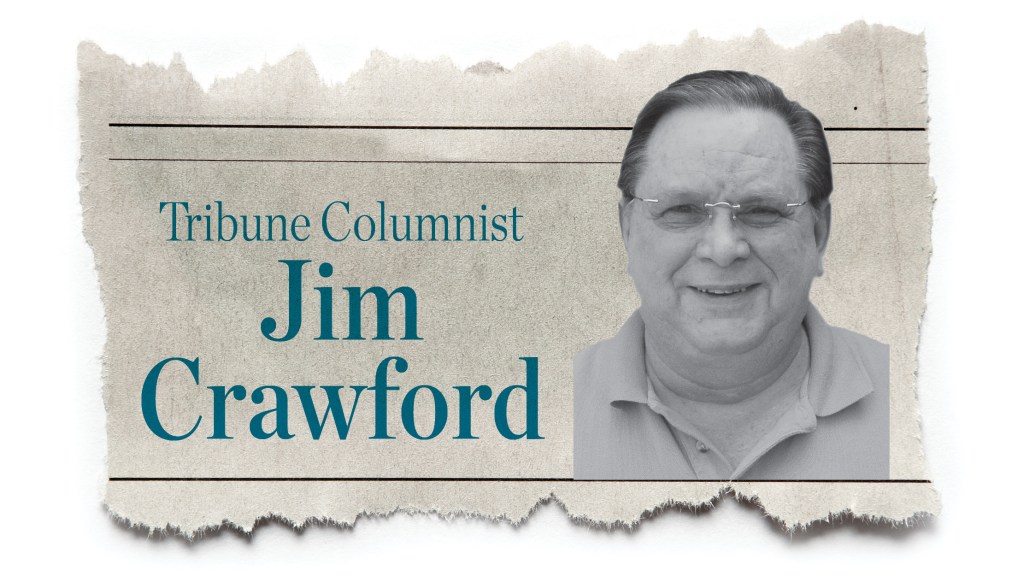Issue 1’s language doesn’t fix Ohio’s gerrymandering issues
Published 5:00 am Wednesday, October 9, 2024
This November, Issue 1 on the Ohio ballot will offer voters their last/best chance at restoring the free and fair vote for our state legislature and US congressional delegation.
But Republicans, who have masterfully engineered the vote in Ohio over the past three decades by picking their voters, will not surrender gracefully their highly successful and morally bankrupt gerrymandering efforts.
Even now, as the election is but a month away, Secretary of State Frank LaRose, the leader of the effort to destroy citizen-led ballot access in 2022, has succeeded in tampering with the Issue 1 ballot language with the help of a Republican Supreme Court.
In mid-September, the Republican Supreme Court, in a 4-3 vote, to let language stand that was not on the ballot amendment signature page but was re-written by LaRose.
While the ballot initiative was designed to end gerrymandering in Ohio, LaRose changed the wording to read that the independent board to be created would be “required to gerrymander.”
One need not be a student of linguistic perfection to grasp that this language was specifically designed to confuse the voter in the hope of having voters vote against their own interest in a free and fair election.
This effort by LaRose was certainly not his first effort to ignore the will of Ohio voters. LaRose had earlier disenfranchised nearly 100,000 Ohio voters (over 50% of them Black voters) for not voting frequently enough or for not voting for Republicans at all. And it should not be forgotten that LaRose held a special election at a high cost to Ohio taxpayers to hopefully reduce turnout and cause the abortion rights initiative to fail. (It passed).
Citizens Not Politicians, the ballot sponsoring group of Issue 1, wrote after the Supreme Court ruling that it “may be the most biased, inaccurate, deceptive, and unconstitutional” the state has ever offered.
The brief history of Republican’s success in gaining undue political power in Ohio started with re-distressing in 1991, when Republicans won 51.9% of the popular vote and sent 11 Republicans and Eight Democrats to Congress that year. That imbalance proved to be a harbinger of things to come.
In 2004, a presidential election year, Ohio Republicans sent twelve Republicans and six Democrats to the US House. That is a 66% victory on an almost evenly divided public vote.
In 2012, Republicans won 52.1% of the public vote but sent 12 Republicans and four Democrats to Congress that year. That was a 75% victory for the GOP.
Today, Republicans hold 65 of 99 legislative seats, a supermajority in both houses and only a slim majority in the statewide vote.
Ohio is solidly now a “Red” state, not by virtue of holding a solid majority of voters, but by owning the pencil that freely re-draws the boundary lines of who may vote for their local Republican candidate.
It is not a system that is working, for that very system has allowed Republicans to disenfranchise voters who do not vote for them, rig ballot initiatives to try to control the outcomes regardless of the will of the people and misrepresent the meaning of ballot initiatives Republicans do not favor.
Moreover, years after the First Energy Republican scandal and bribery of elected Republicans, House Bill 6, the bill that ratified corruption at the highest level of Republican politics, has never been fully reversed, and no new ethics laws to prevent this massive form of corruption have been passed or are near passage.
Ohio is suffering under Republican-led distaste of the Ohio voters and the rational distrust that voters should have for those who would ignore the will of the people on a daily basis.
We can do better. Vote for Issue 1 on Nov. 5.






